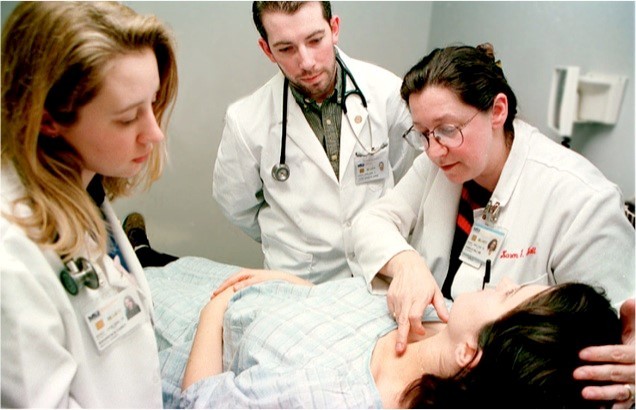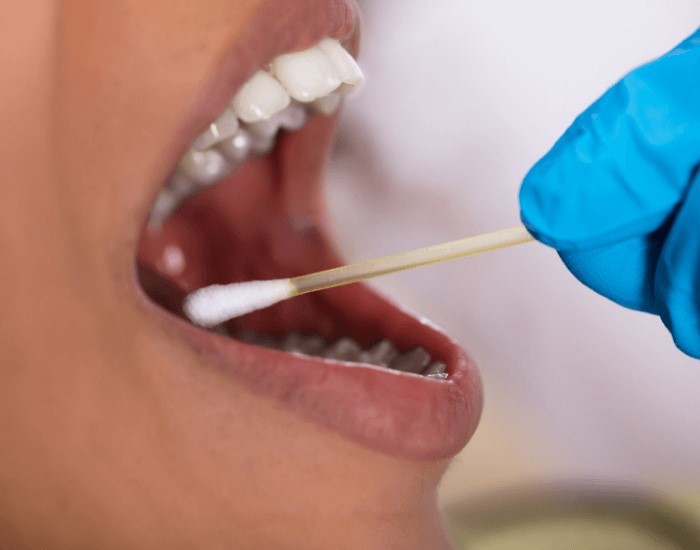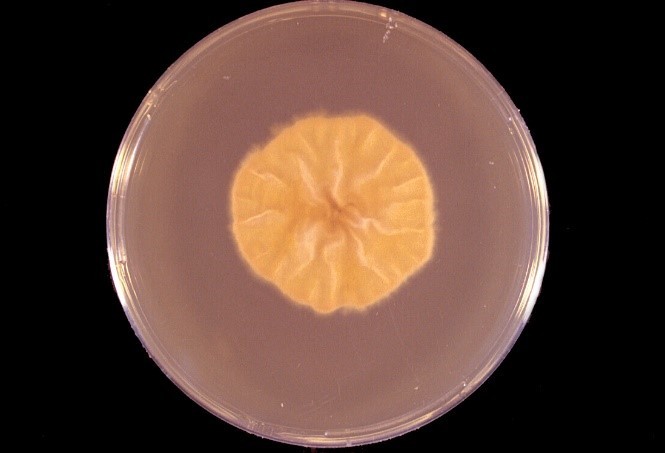Home / Healthcare & Medicine / Antimicrobial & Antibiotic Resistance / The Role of Antifungal Stewardship / How do we diagnose fungal disease? – Part 1

Reach your personal and professional goals
Unlock access to hundreds of expert online courses and degrees from top universities and educators to gain accredited qualifications and professional CV-building certificates.
Join over 18 million learners to launch, switch or build upon your career, all at your own pace, across a wide range of topic areas.




 Trichophyton verrucosum on agar plate
Trichophyton verrucosum on agar plate  Trichophyton verrucosum under the microscope
Trichophyton verrucosum under the microscope






